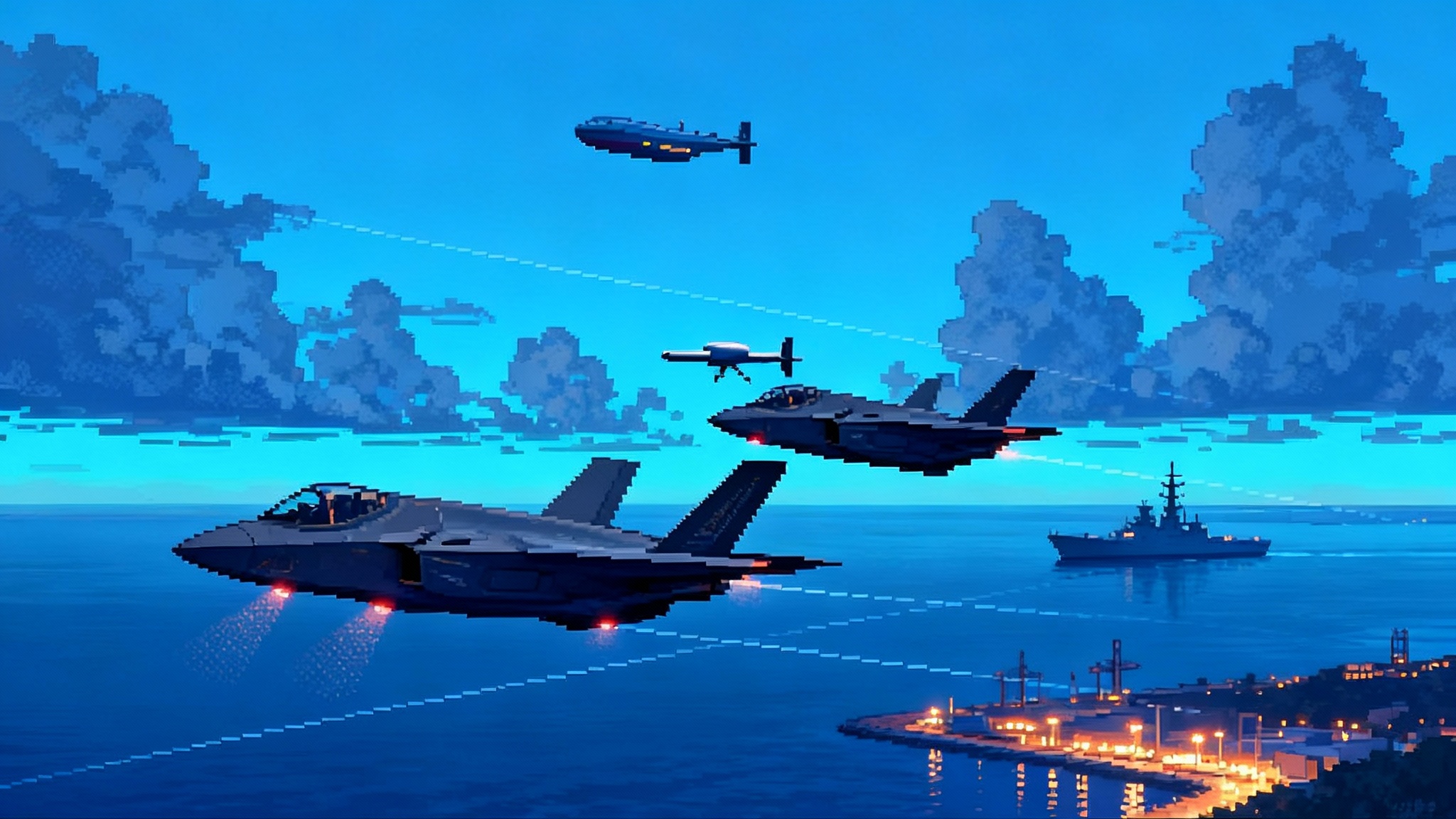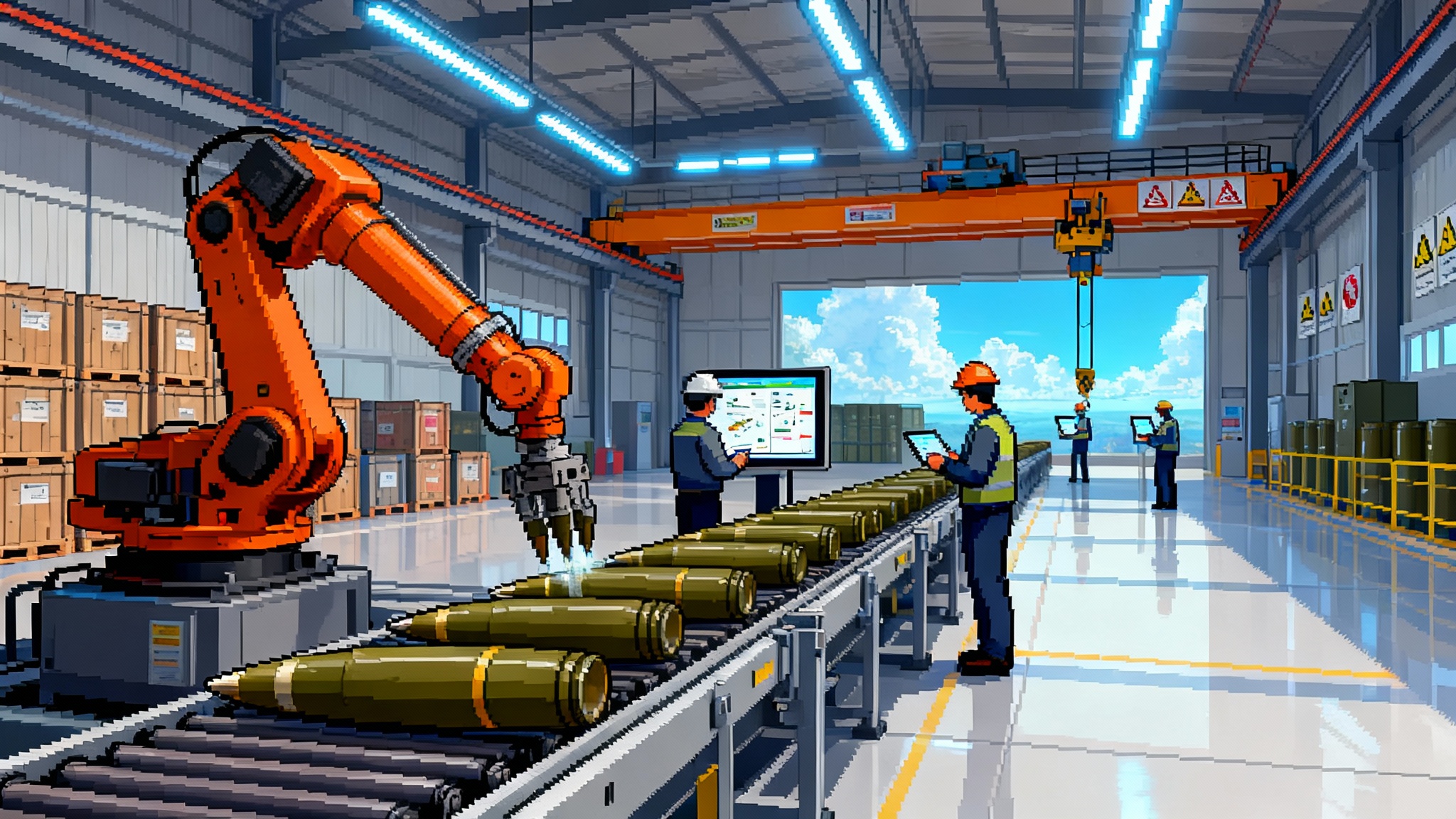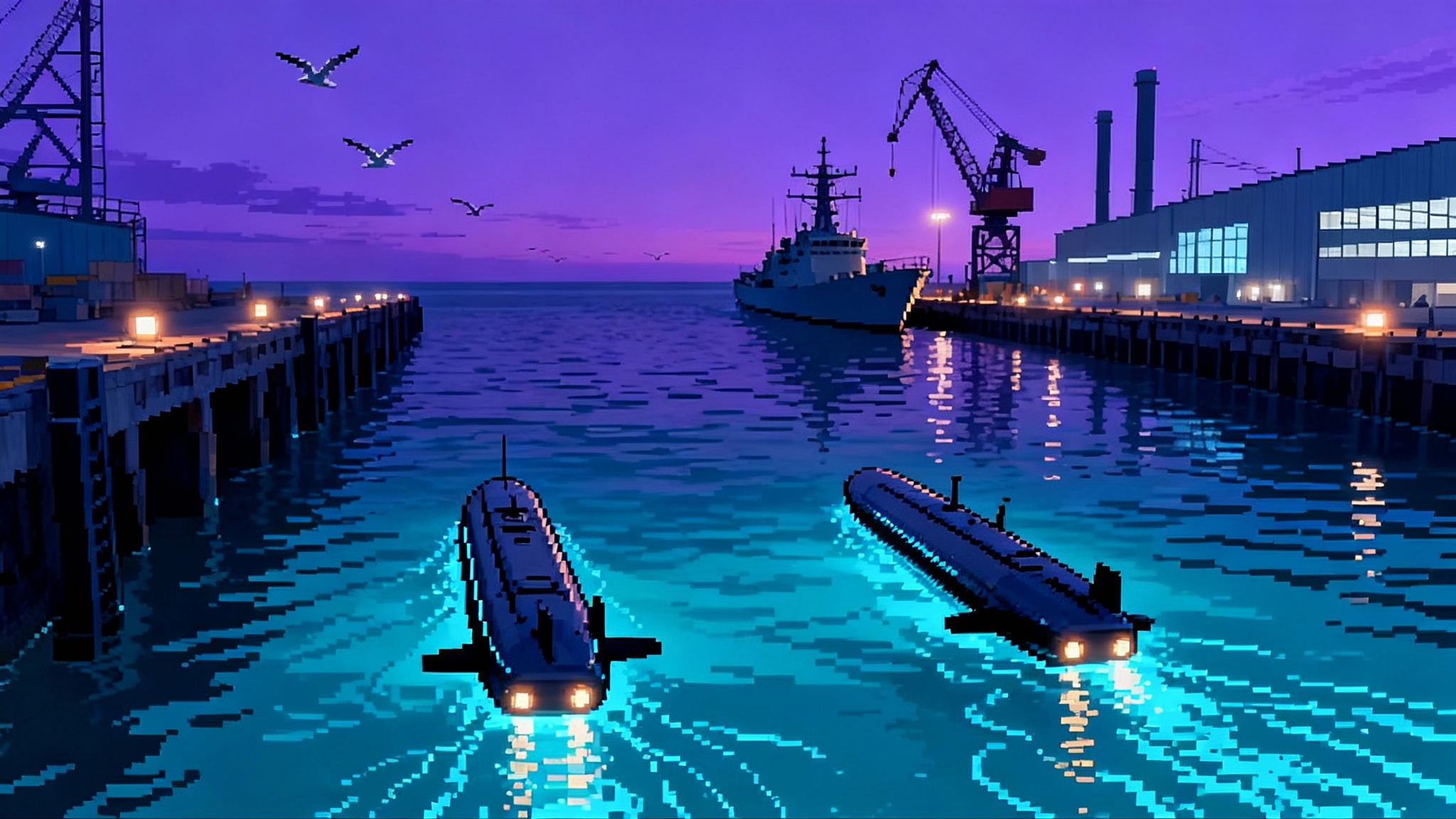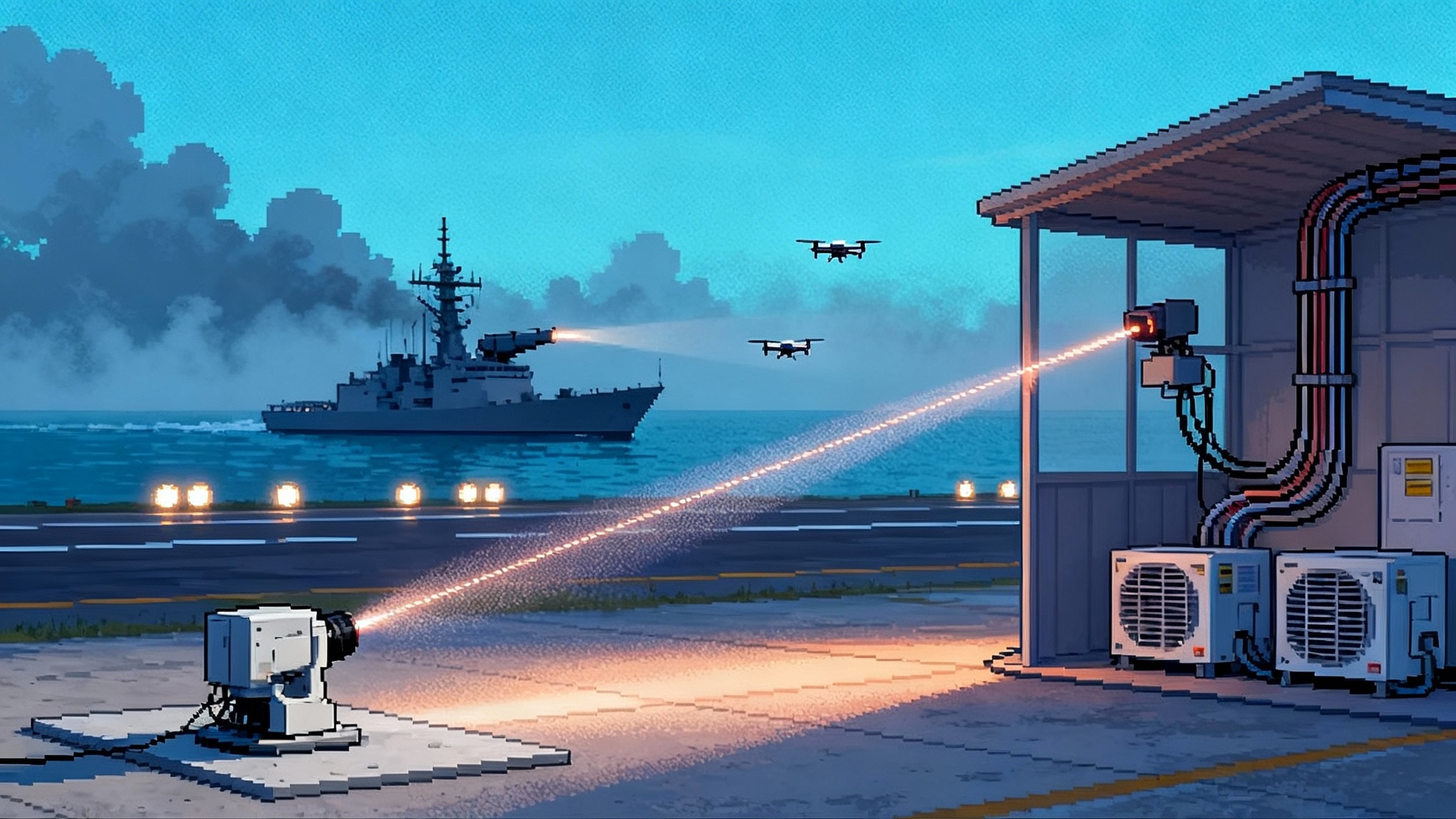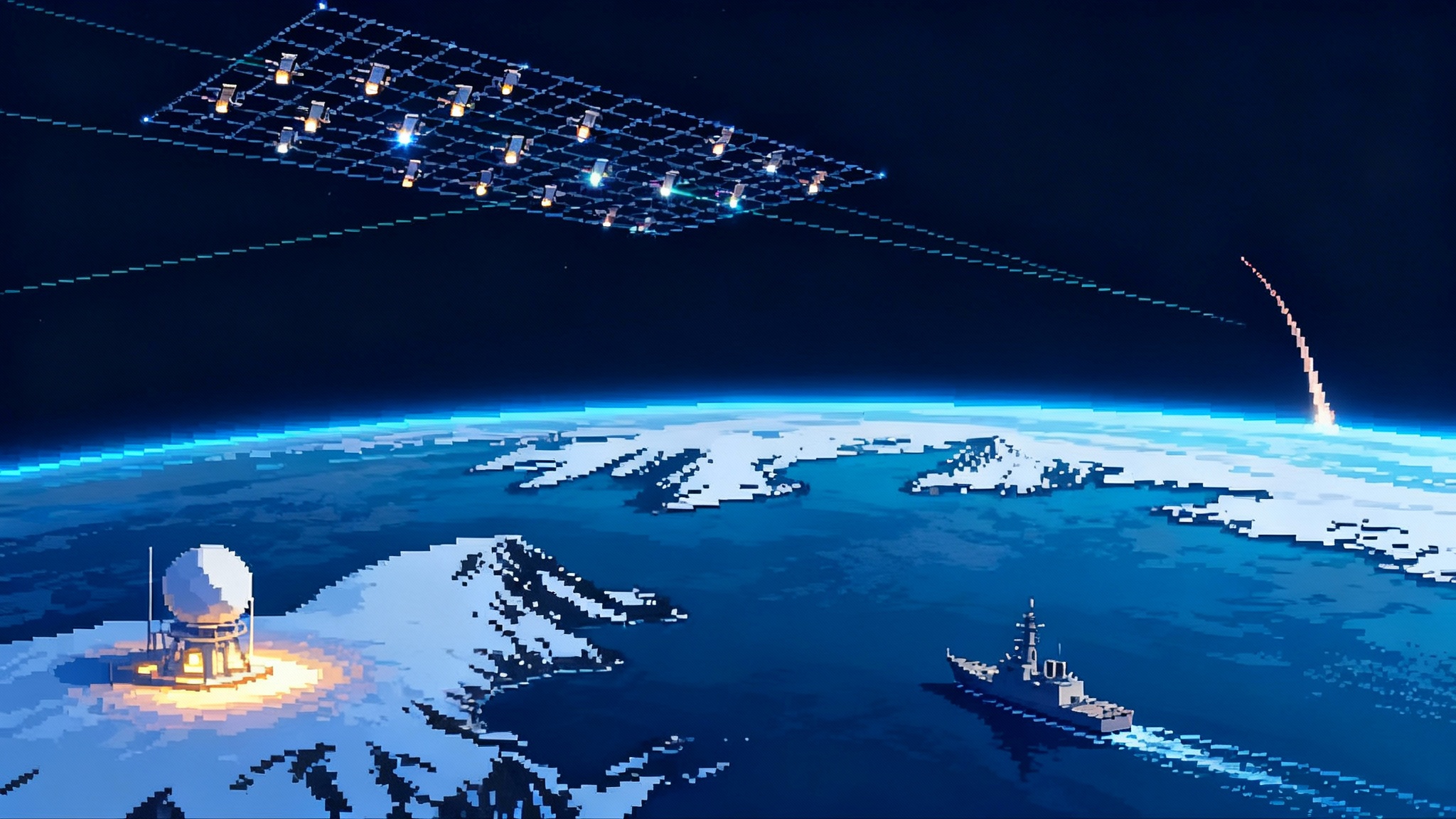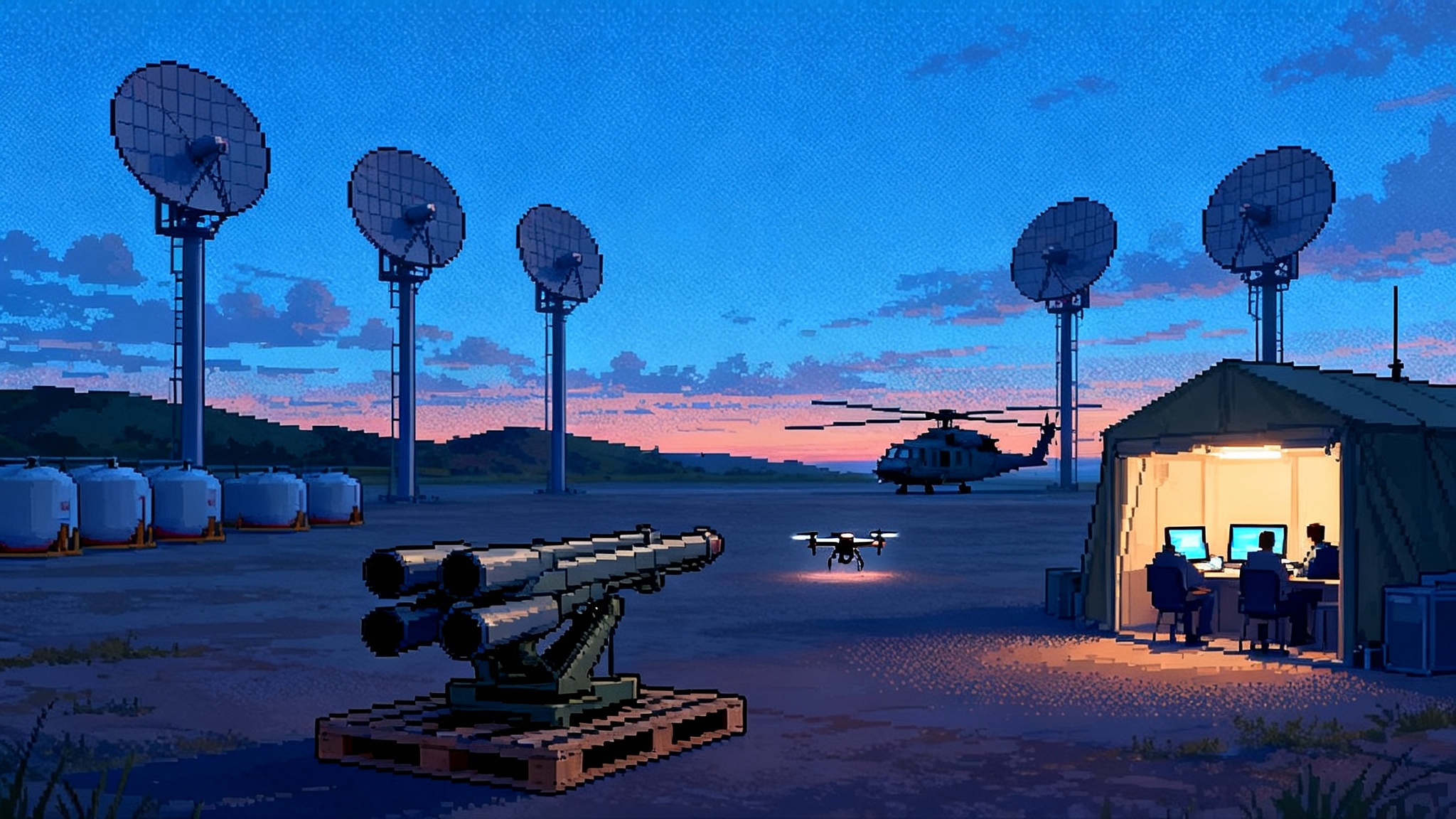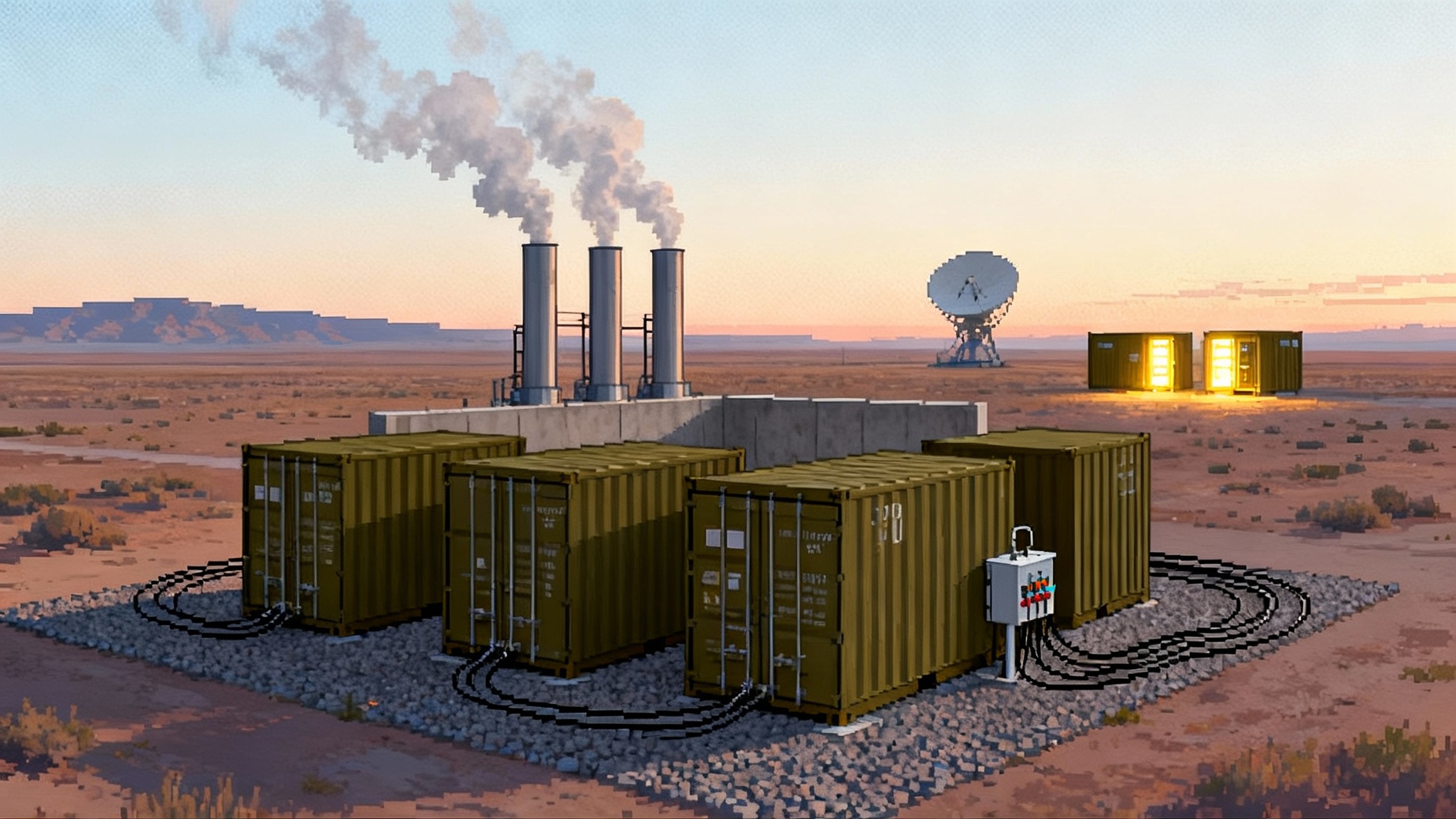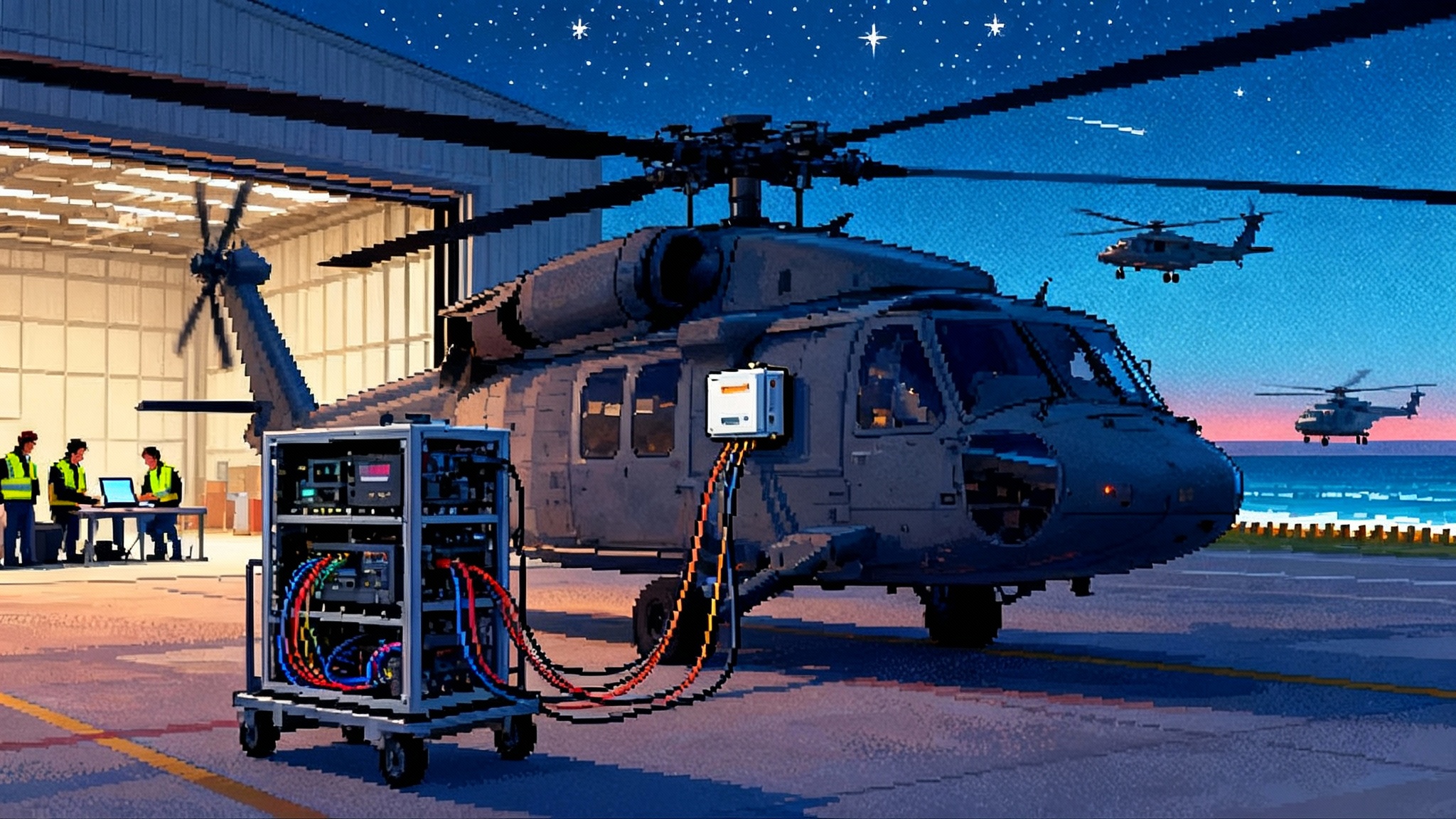Typhon’s Leap: Land Tomahawk and SM-6 Remap the Indo-Pacific
Fall 2025 turned U.S. Army Typhon from a visitor into a resident. With training sustained in the Philippines and a public reveal in Japan, mobile land-based strike entered the region’s daily rhythm and began to reshape deterrence.
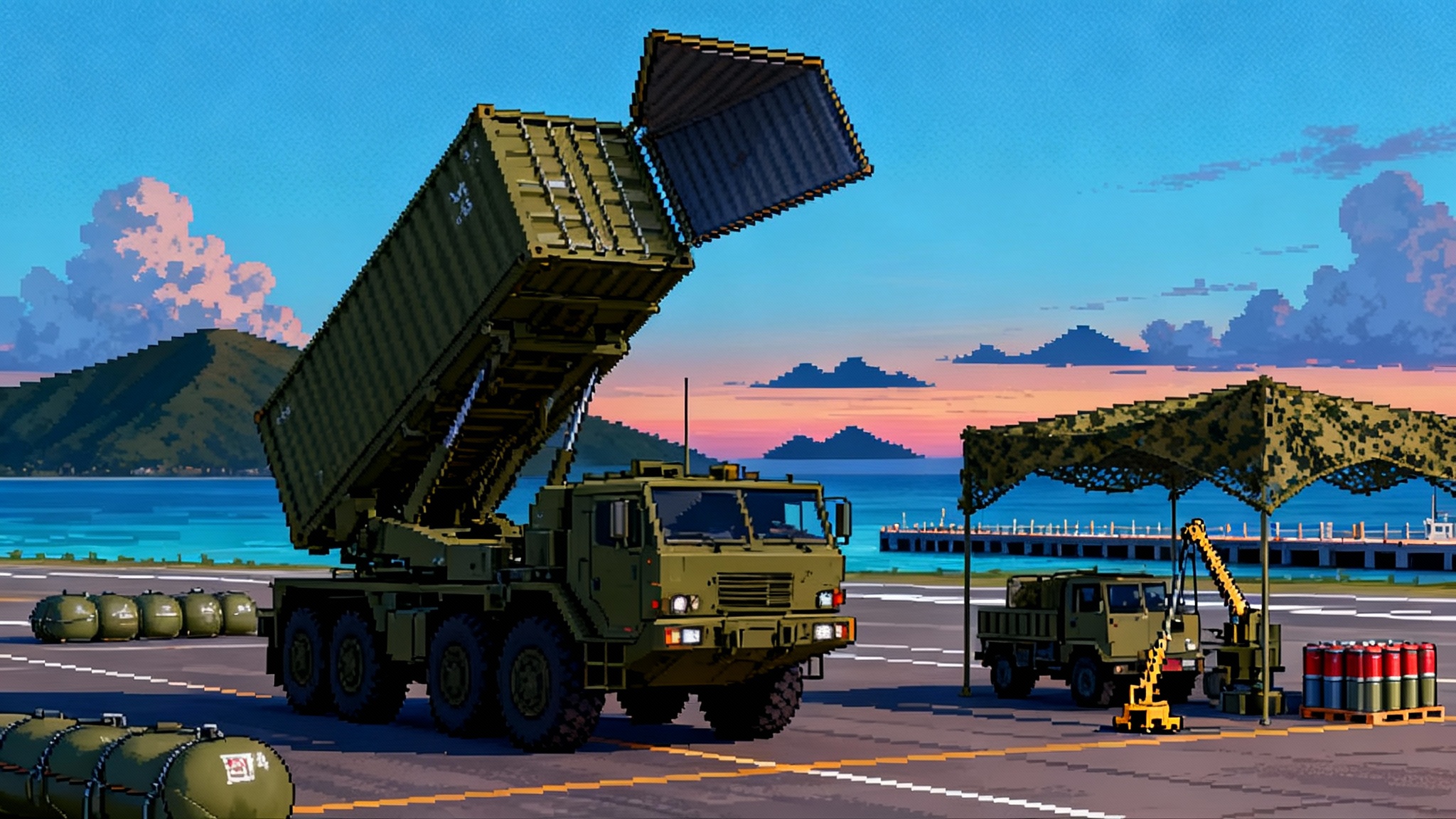
The week the Indo-Pacific strike map changed
In the fall of 2025, a quiet shift became unmistakable. After months of rotations and demonstrations, U.S. Army Typhon launchers stayed in the Philippines and resumed training with local forces. Manila’s national security leadership said the launchers would remain for now, a short sentence that carries long consequences for the region’s military geometry. Officials said plainly when the move was reported that the system would missiles would stay in Philippines.
Days later, Japan got its first public look. During the Resolute Dragon exercises, the U.S. Army rolled Typhon onto Marine Corps Air Station Iwakuni and briefed reporters. No loud test shot followed, but the visual mattered. It signaled that land-based long range strike was no longer a theory for Northeast Asia. The Army had system revealed in Japan, and that reveal landed in the middle of Japan’s ongoing shift toward longer-range counterstrike capabilities.
Put these two events together and you have an inflection point. The Indo-Pacific is now a theater where mobile, land-based launchers can go where ships and aircraft cannot always dwell, and where allies can host those launchers in ways that complicate an adversary’s planning.
Typhon, in plain English
Typhon is the Army’s Mid Range Capability. It rides on trucks, hides in plain sight, and fires two well known naval weapons through a ground launcher.
- Tomahawk for deep strike. This is the long arm, a cruise missile that can reach well beyond the first island chain. Think of Tomahawk as the locksmith’s master key, able to unlock heavily defended doors when paired with good intelligence and electronic support.
- Standard Missile 6, often written as SM-6, for anti ship and air denial. This is the harder punch at shorter ranges, designed to break up air attacks or hit ships. Think of SM-6 as a fast middleweight that closes distance and lands decisive blows.
A Typhon battery includes a battery operations center, four launcher trucks, and support vehicles with generators, spares, and crew shelters. The launchers use a containerized, ship style cell design. When a crew receives validated targeting data, a launcher raises, a lid opens, and the selected missile climbs out. The battery moves again before the enemy can reply. Survivability is not a wall of armor, it is speed, camouflage, deception, and silence on the radio.
The system fills a Goldilocks gap. The Army’s Precision Strike Missile, often shortened to PrSM, focuses on shorter ranges. Its hypersonic battery reaches far beyond. Typhon sits in the middle, which is exactly where many Indo-Pacific problems live. Defenses against those longer-range threats are evolving, see the hypersonic defense sprint plan.
How the map shifts when launchers move
Maps of the region usually draw air and maritime ranges as graceful circles. The reality is messier, but one insight holds. From Luzon in the northern Philippines, Tomahawk can reach deep into the South China Sea and up toward the Taiwan Strait. From western and central Japan, SM-6 arcs can create anti ship pockets that overlap with naval and air force weapons.
Mobility multiplies the effect. A battery that can be flown by a cargo aircraft, moved by ferry or landing craft, or driven by road can play a shell game across dozens of legal and prepared sites. Neither maritime patrols nor satellites can watch every concealment area, every day. That uncertainty forces an adversary to cover more targets, spend more time searching, and burn more missiles on decoys and empty pads. Sudden appearances matter. A battery moved overnight to a small island or a coastal airfield can change the risk picture for a naval task group or an air bridge.
The Philippines experienced this in 2025. The United States repositioned Typhon within Luzon to explore new firing positions and move speeds. That was not theater. It was a rehearsal for combat logistics in a crowded archipelago.
Stitching Typhon into the kill web
Separating launchers and sensors is not a liability anymore. It is the point. The joint force has spent a decade building a network to find, fix, and finish targets across sea and land. Investments in launch-on-remote and a responsive space full stack extend the reach and resilience of that network.
- Find. Space Development Agency Tranche 1 satellites, maritime patrol aircraft such as the P 8A Poseidon, surface search radars on allied destroyers, and passive sensors on land all build a shared picture.
- Fix. Data fusion centers compare tracks, filter decoys, and cue other sensors. On land, small teams with drones and passive antennas help refine bearings without emitting signals that would betray their position.
- Finish. Typhon launchers fire SM-6 into an anti ship engagement where an allied destroyer contributes midcourse updates, or they send Tomahawks at inland nodes that feed an air defense network. Because the launchers are on land, aircraft and ships are freed to take other tasks while the battery waits under concealment for its reloads.
A concrete scenario helps. An allied maritime patrol aircraft spots a surface group that appears to be screening for a larger force. An Aegis destroyer in a radar silent posture takes a quick peek to confirm tracks then goes silent again. A land team pushes a final cue. A Typhon battery on a coastal road receives the fire control solution, fires two SM-6, and displaces to a new hide site. Meanwhile, a second battery 500 kilometers away launches Tomahawks at the group’s long range radar and a coastal command post that would control follow-on strikes. No single node had to do everything, and no single shot leaves the force blind.
Basing politics and the reality of permission
The hardest part of land-based strike is not hardware, it is permission. The Philippines illustrates why. The government welcomed combined training, kept asserting that deployments are coordinated and temporary, and watched public opinion closely. The benefits are real. Hosting gives the Armed Forces of the Philippines training on modern weapon employment, helps protect maritime zones, and attracts investment in runways and roads that serve both civilian and military needs. The tradeoffs are real as well. Manila carries the diplomatic heat and must manage escalation risks in crowded waters where coast guards and militias rub hulls.
Japan’s first public display followed the same pattern of careful steps. The United States did not fire the weapon there, and the host emphasized training, interoperability, and deterrence. That formula makes sense. It builds muscle memory for logistics and targeting without locking leaders into permanent basing decisions too early. It also leaves room for allied concepts like Japan’s distributed missile regiments and the Marine Corps littoral regiments to develop in parallel.
If there is a single takeaway for basing politics, it is this. Numbers matter, but relationships move the numbers. The more routinely allied units plan, rehearse, and execute together, the fewer surprises appear when a crisis hits.
Logistics, concealment, and the magazine problem
Every missile fired is a missile that must be replaced. Magazine depth, the number of ready rounds and reloads, decides whether a plan lasts for a day or for weeks. Typhon’s advantage is that it uses proven missiles already built in significant numbers. The disadvantage is weight and volume. A launcher may carry only a small handful of cells, reloads come in heavy canisters, and moving them requires cranes or specialized vehicles.
There are practical fixes.
- Preposition canisters and spares at multiple allied sites. Stock a mix of Tomahawk and SM-6 based on the threat picture.
- Build mobile reload teams with contracted cranes and local drivers who know the roads.
- Use camouflage kits and decoys to inflate the target set and burn enemy time.
- Practice emissions discipline. A battery that talks less and rehearses more survives longer.
Industry has a role beyond building missiles. Regional partners can set up inspection and recertification sites for canisters, fabricate support trailers, and produce decoys and camouflage nets without touching sensitive seeker hardware. That spreads the workload, shortens wait times, and gives host nations a stake in sustainment. As production scales, see the factory surge in 2025.
The acceleration plan for 2026 to 2027
This is the moment to move from demonstration to habit. Below is a concrete plan with actions that allies and industry can start now.
- Dispersed prepositioning
- Action. Establish small, redundant stocks of canisters, generator sets, camouflage, and recovery gear at dozens of legal storage sites across the Philippines, Japan, and Australia. Include at least one test stand and a crane at each cluster.
- Why it matters. Dispersed stocks convert a single battery into many credible launch points and allow planners to play a real shell game.
- How to do it. Use modular container yards with simple security and weather shelters. Pre file environmental and customs paperwork so reloads flow during a crisis.
- Allied co hosting with clear rotation cycles
- Action. Publish a predictable rotation calendar for Typhon, Precision Strike Missile batteries, and Marine Corps naval strike units. Invite host nation observers to every reload, convoy, and concealment drill.
- Why it matters. Transparency builds trust at home and signals to adversaries that allies can sustain operations over time.
- How to do it. Pair U.S. batteries with host units for six week training blocks that end with a joint validation event. Keep the events unclassified when possible so local media can see the mechanics.
- Industry participation where it speeds readiness
- Action. Stand up regional depots that can inspect canisters, condition batteries, weld trailer repairs, and print decoys. Limit work to unclassified tasks.
- Why it matters. A missile that sits in a warehouse with an expired inspection date is not a deterrent. A truck that cannot be fixed locally becomes a bottleneck.
- How to do it. Offer framework contracts to Philippine, Japanese, and Australian firms for depot tasks with U.S. quality inspectors on site. Publish the list of allowable work so firms can invest with confidence.
- Rapid munitions stockpiles and fair shot allocation
- Action. Build a forward reserve with a simple rule set that decides how many Tomahawks and SM-6 sit in theater each month and who gets them first in a surge.
- Why it matters. Nothing undermines a kill web faster than empty launchers and finger pointing over who gets the last canister.
- How to do it. Use rolling three month targets, with host nations asked to fund storage and handling. Run quarterly tabletop drills that focus only on reload and allocation, not on the exciting part of the strike.
- Integration with Precision Strike Missile and maritime targeting
- Action. Treat PrSM salvos as the close range hammer and Typhon as the mid range scalpel. Develop short playbooks for how these fires combine with naval and air delivered weapons against specific target sets, such as a surface action group or an integrated air defense node.
- Why it matters. Mixed salvos complicate defenses. A commander who can shift between land and sea based launchers forces the enemy to reveal radars, reposition, or accept losses.
- How to do it. Use simulated exercises to practice timing, deconfliction, and refire, then validate with one live event per year.
- Space Development Agency Tranche 1 links and the last tactical mile
- Action. Ensure every Typhon battery can ingest track quality messages from the space transport layer, then push only the minimum acknowledgments needed. Use line of sight relays or burst satellite messages to keep the battery radio silent between shots.
- Why it matters. Fires depend on fast, trusted tracks. The moment a battery talks too much, it becomes a target.
- How to do it. Fund compact, hardened terminals and train crews to operate with degraded signal conditions. Build and practice a paper based backup for mission essential information.
What success looks like by the end of 2027
By late 2027, a routine picture should emerge. Typhon batteries rotate quietly through host sites. Philippine and Japanese logisticians run reload drills without drama. Australian ranges host combined live fires that mix SM-6 sea denial shots with Tomahawk deep strike rehearsals. Precision Strike Missile units and Marine littoral regiments execute their own playbooks that mesh with Typhon timelines. Space and air sensors feed a rhythm of tracks to land batteries, naval combatants, and fighter squadrons without constant human babysitting.
Success is not just a checklist of hardware. It is a habit. Truck drivers who know the coastal roads by heart. Crane operators who can swap a canister in the dark. Staff officers who can write a clean fire plan in twenty minutes. Public affairs teams who can explain to local audiences why these drills are protective, not provocative.
Risks to manage without flinching
- Escalation ladders. Land based missiles on allied soil can trigger sharp rhetoric. The answer is consistent messaging and visible safety practices, such as strict no fire policies at certain training sites and clear rules for where live shots occur.
- Targeting deception. Adversaries will flood the web with false targets and decoys. Train crews to demand confirmations and to accept aborts when information is stale.
- Logistics shock. Weather, protests, or broken cranes can trap missiles in the wrong place. Redundant storage, alternative roads, and flexible contracts keep the flow moving.
- Over classification. If everything is secret, nothing can be practiced. Keep as much as possible unclassified and publish training schedules in advance.
The bottom line
Fall 2025 made the trend undeniable. With Typhon training in the Philippines and a public debut in Japan, mobile land-based strike is now part of the region’s daily operating picture. The technology is not the revolution. The routine is. If allies treat reloads, road moves, and data links as ordinary, then missiles can be held in reserve until they matter most. Do that, and the Indo-Pacific strike map will not just change for a week. It will stay changed.
